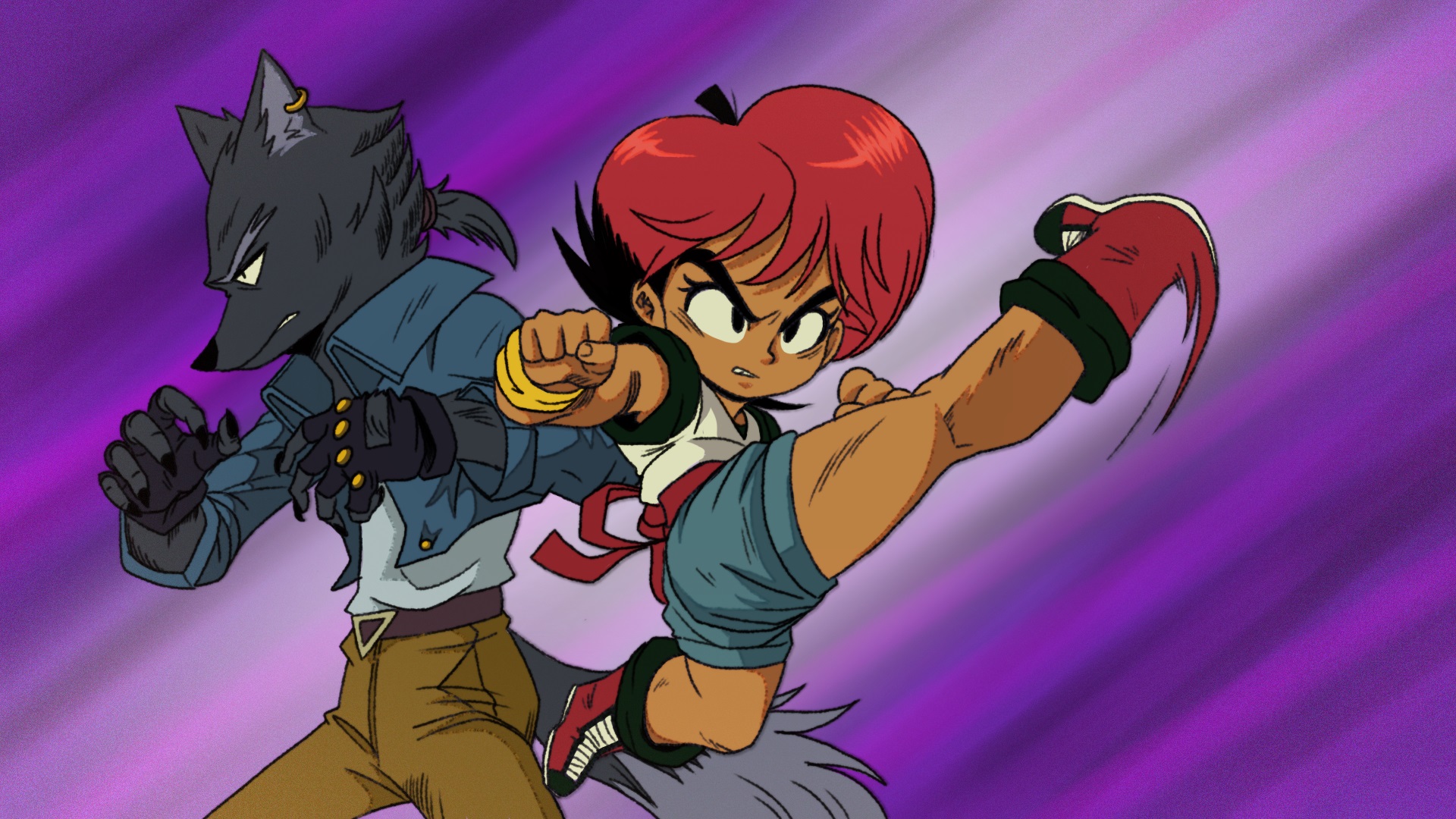Share
Rocketcat games released Death Road to Canada in 2016. Being a franticly violent and uniquely generated experience, it quickly became one of my favorite quick plays of the year. And seeing that the dev team just dropped a new game in the same vein as Death Road, I thought it would be an excellent time to take an early access glimpse to see how things are going.

Cannibal Crossing
Cannibal Crossing was released into early access in October 2020 and was met by fans of Death Road to Canada (DRtC) with a mostly positive reception. The games are certainly siblings, but Cannibal Crossing is the more mature of the two, being the natural evolution of what I would want a game like DRtC to become. Much like DRtC, Cannibal Crossing is a top-down horde bullet hell about surviving and keeping an eye on your limited resources. The game does away with mini-map zones instead, choosing a randomly generated monstrous world map that changes with each subsequent playthrough. The playthroughs are also varied depending on your character choice as each character has unique talents and a unique storyline to follow. There’s a lot of open room to explore in this game. There’s a lot of the charm that made DRtC such an entertaining loop to run. There’s also a lot of bugs. Let’s talk about it.
Crossing the Early Access
Going into an early access game and only complaining about the bugs is generally what I would consider misguided energy; this release model lends itself to having more bugs than the typical game day one. With that in mind, there are still going to be bugs that have yet to be fixed, so your experience more than likely will be at least mildly disturbed by them. I never found this to keep me from playing the game or for my experience to become game-breaking. There were a few runs where I had to reset my character to get some NPCs unstuck and such. Beyond that, I found the gameplay enjoyable, just slightly unfinished—all to be expected.
When I pick up an early access title, the real goal is to focus on the game’s finished prospects alongside its potential, and I can say with certainty that Cannibal Crossing has a lot. The bullet hell stylings are smooth, and the guns feel good to use. The crafting is helpful rather than burdensome, and base building is quick and easy. Every mechanic exists with the gameplay’s goal to create a quick-paced rogue-lite that is played best when you don’t stop moving. Every moment spent not resource building or gathering experience toward your character’s skill builds is another moment the next horde gets stronger, and you’re left unprepared for it.

Generating the Cannibal Horde
Cannibal Crossing works very well as both a bullet hell (where the bullets are mostly cannibals) and a survival RPG with some tolerably hardcore rogue-lite aspects. As mentioned, the gunplay feels decent, but it plays better when you build into the skills for your playstyle. The survival elements are minimal and quickly dealt with, and I found that they didn’t add that much but also didn’t get in the way enough to kill my enjoyment of the game overall.
Boss battles are where the challenge is really kicked up a gear. It took me a few runs to even entertain the idea of entering a boss zone, and even when I eventually did, I was still woefully unprepared for the game’s difficulty spike. These larger confrontations tend to do away entirely with all the other game elements, instead sticking you in arenas where you can test your bullet dodging and trading skills. Once again, having a good build and knowing your character’s strengths is really key to progression. The RPG and survival elements, while feeling slightly divorced from certain parts of the game, are crucial to finishing character-specific quests.
Base Building and Party Progression
A larger open world isn’t the only thing to set Cannibal Crossing apart from its predecessor. A larger part of any intermediate to late game run is the base building features. I genuinely found the ability to make any location on the map a defendable home smart. Building fences and turrets is simple to do and doesn’t ask for constant material grinding, something that wouldn’t feel at home in a game where one wrong move could end your entire base and run.

The side quests help you gather a small team of NPCs to help defend your base and accompany you on your map crawling shooter-fest. This part of the game clearly still needs a bit of polish as the pathing AI for most of the enemies is in need of a bit more finesse.
This applies to my side characters as well, who would get caught on an insurmountable fence if I didn’t hold their hand through anything but the most simple paths. This game does a lot and is still in early access, so these sorts of challenges are expected. It’s also apparently being developed by three people, making what it already does feel that much more impressive.
Cannibal Crossing Verdict
Despite some bugs, I found Cannibal Crossing to be a decently smooth experience for where it is in its development. There’s still a bit of polish to happen, but from what I’ve seen and played of Rocket Cat’s games, I feel confident it will get there. If you loved Death Road to Canada, then you’ll feel right at home blowing up hordes here.




